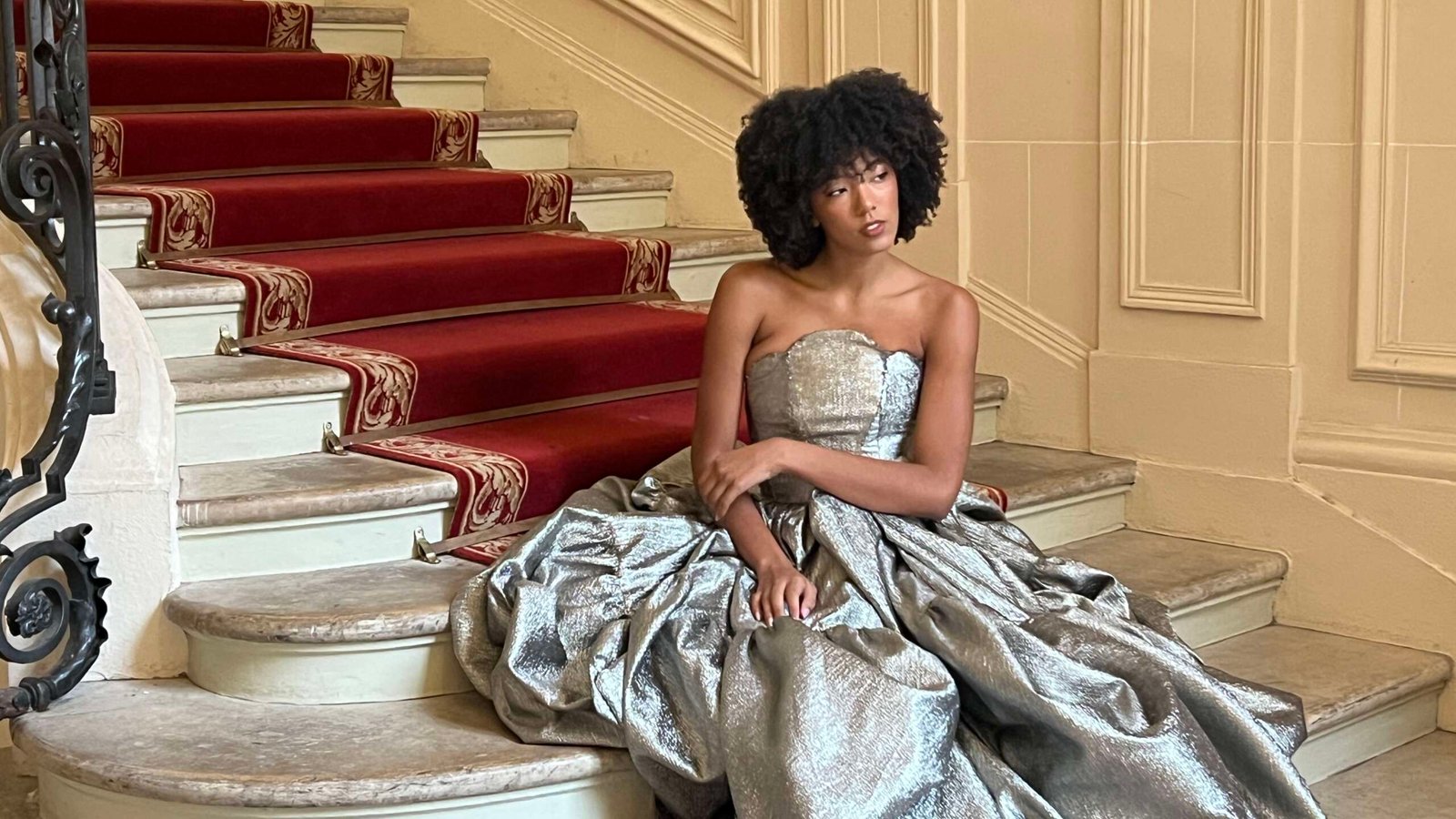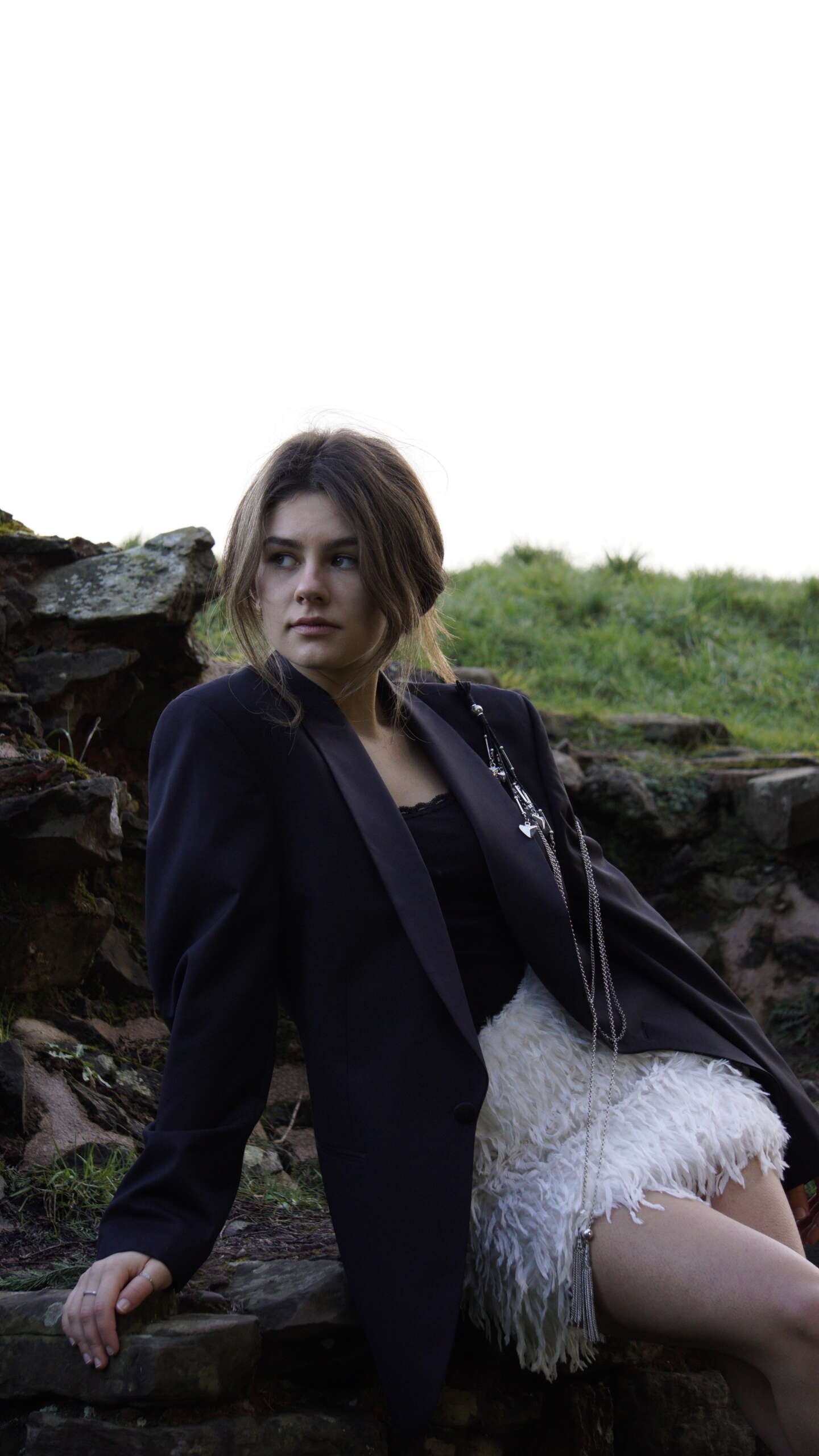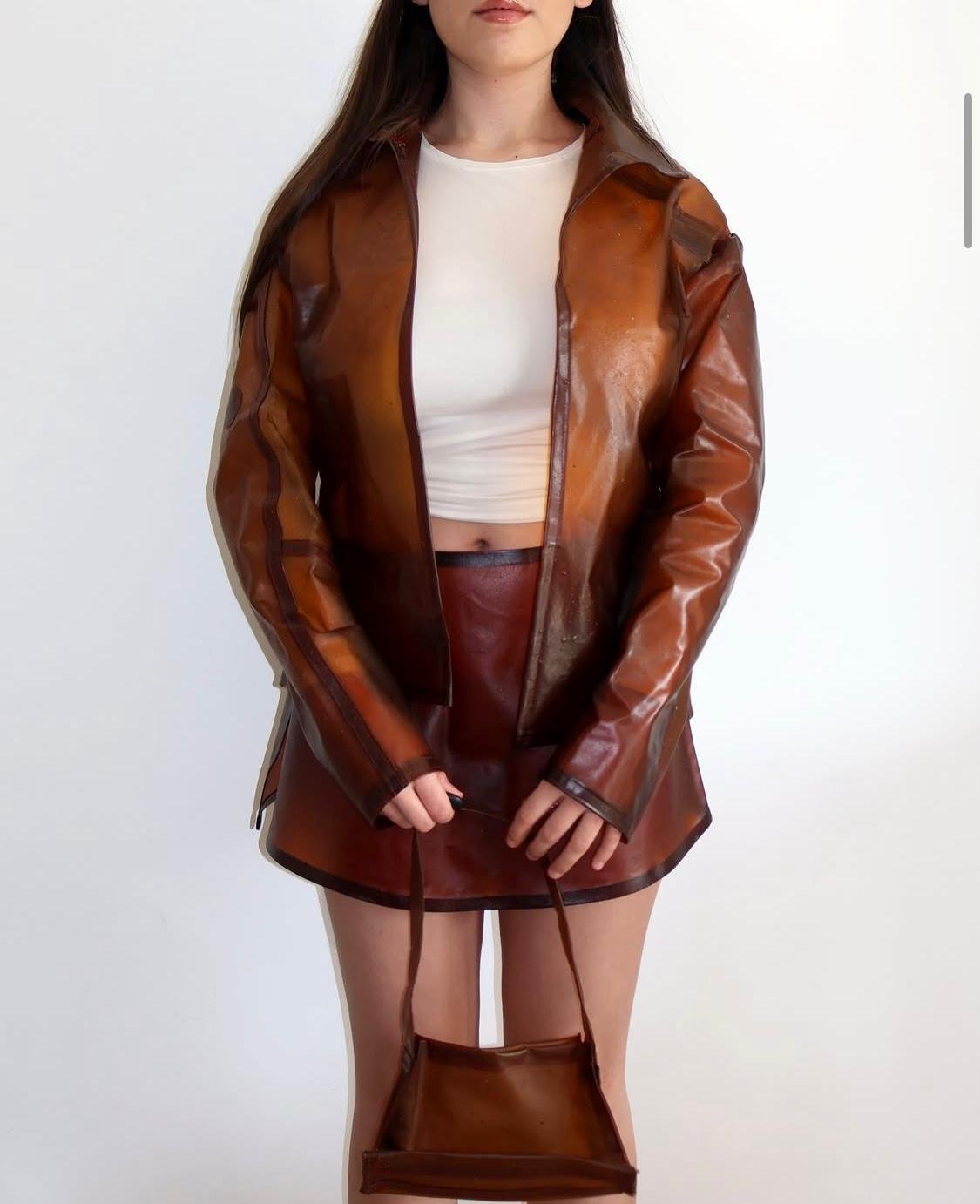At the most exclusive event of the year, designers are inspired by social changes to break the cycle of old-fashioned habits. Is the new trend this year moving towards inclusivity? Let us see what designers at Paris Fashion Week and their collections showed us about this new trend
James Ellis
James Ellis was raised by female artists. From his great-grandmother and beyond, he watched generations of women turn the fabrics that filled their home into art in the form of dresses.
Whether it was inherited talent or years of observation, James showcased his own fashion brand, Maisonel, taking it from his London atelier to the showroom at Paris Fashion Week 2025. The designer made sure to consider women’s needs at each step of the process, a quality often overlooked in the exclusive event.
“We’re always thinking about a woman’s shape that’s ageless too, because, for women, their body changes throughout their age, and we do try to think about that,” said James.
“That’s a really important thing in our fitting process, because that’s what the feedback that we are getting is that so many things are so unattainable for so many women. And just small tweaks make them comfortable in their own body.”
For any designer, getting their work to be shown in Paris is the ultimate sign of success. While Paris was guaranteed to inspire them, is it possible for emerging designers to change the long-gate-kept fashion landscape to finally be inclusive?
Sandrine Le Blanc
Sandrine Le Blanc, representing WSN, a leading fashion trade show in Paris, explains how fashion brands are bound to adapt to the public’s values.
“Fashion is cultural, so if you are looking at what’s happening everywhere, it’s going to translate into your clothes,” said Sandrine. “A lot of people are going vintage, and luxury is kind of in a downfall, so people are very interested in well-made clothes and accessories, not only the quality, but the ethics behind it. It’s not greenwashing, it’s something people are really looking for.”
Despite the Paris Fashion Show being historically exclusive and Eurocentric, social changes have pushed the door open, thanks to the need to see diversity and “real people” on the runway.
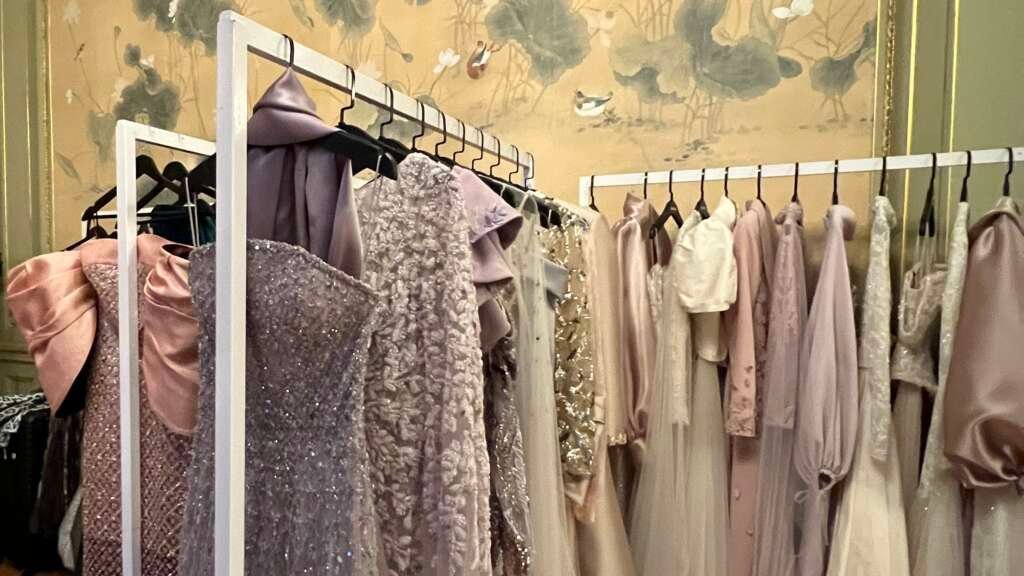
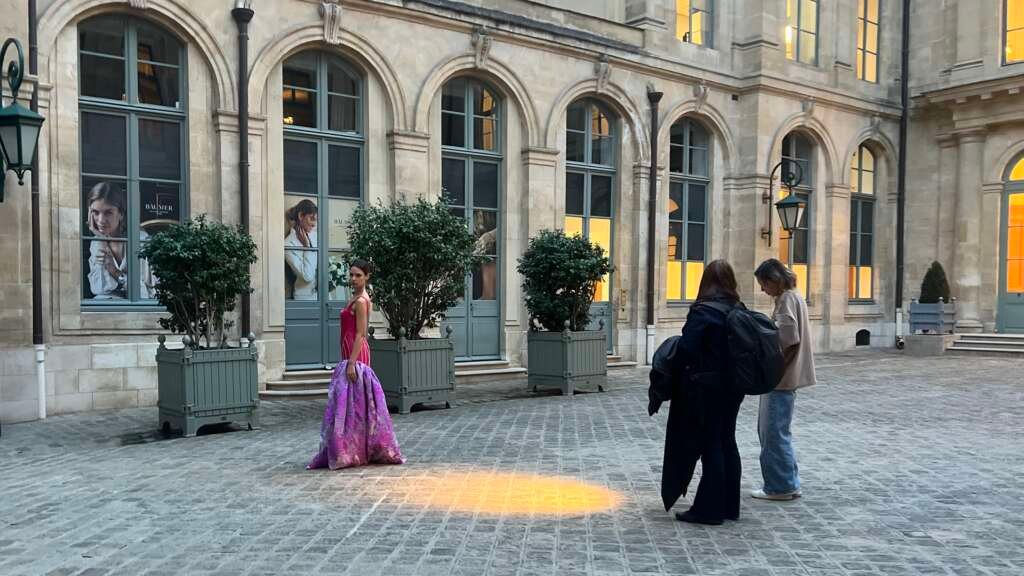
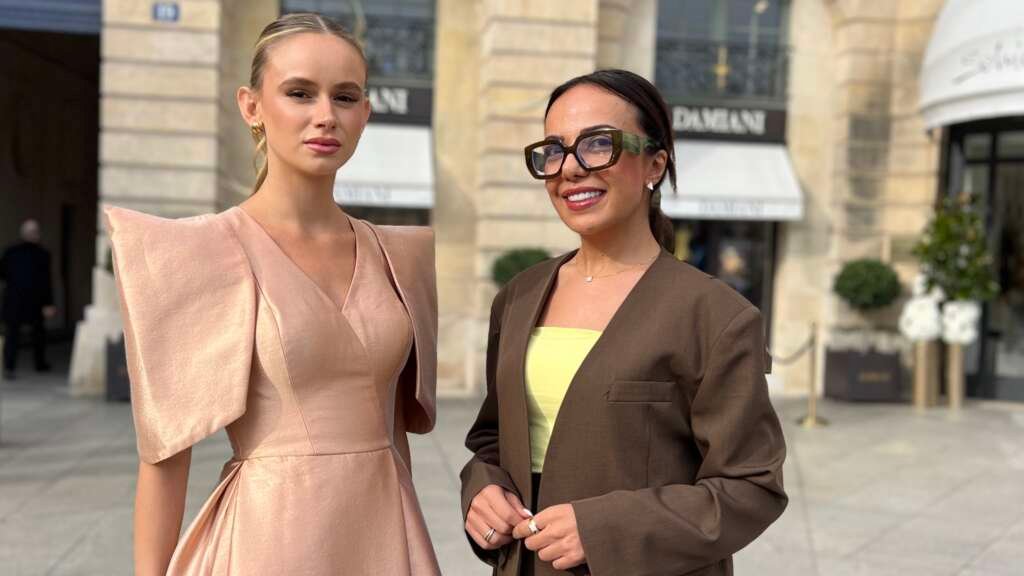
Dhivya Sri
Dhivya Sri, who was chosen to walk the runway show at L’Oréal Paris Le Defile 2025, posted a TikTok video saying, “Growing up as a brown and Tamil girl, I never saw people who look like me in spaces like this.”
The Indian Canadian model thanked L’Oréal for “seeing” her and giving her that opportunity, as the brand ensured that it represents beauty through multiple body types and skin tones.
The shift towards inclusivity was not just seen on the runway, but it was also evident behind the scenes.
Latifa Obeid
At the Pirnia Collections Showroom, a private display for retailers of ready-to-wear couture, custom-made garments, international designers filled the room, bringing collections inspired by other cultures, even beyond their own.
Latifa Obeid, an Iraqi designer of Velvety Couture, has been inspired by more than one culture when making the new collection. She explained that the cuts in the new collection are inspired by the Japanese culture, Wabi Sabi, less is more. The Japanese touch is seen through the golden lines used to patch the broken pieces back together.
Yet for Latifa, the cultural exchange in Paris has been a give-and-take process. “Paris is the capital of fashion, so coming to Paris every time, it’s not only for showcasing our collection. We also source our fabrics through the exhibitions here. So when it comes to anything new in fashion, it’s always in Paris,” said Latifa. “It’s kind of, I would say, it gathers all the fashion people in one place, and it’s so amazing.”
Evgheni Hudorojcov
While media coverage focuses on big names such as Dior and Louis Vuitton, emerging brands make up more than 60% of the shows and presentations at Paris Fashion Week.
It is no surprise that in today’s globalised world, cultural fusion has been a trending technique used by more than one designer. Moldovan designer, Evgheni Hudorojcov, of the EHO fashion brand, has been blending European Moldovan designs with other cultures that inspire him.
“I’m very inspired by oriental culture. In my latest trips to Dubai, there’s a lot of colour, and I tried to mix the European culture and the oriental culture in one collection.”
Yet, beyond the dresses, Evgheni’s brand embodies his own values towards sustainable fashion, de-influencing buyers from chasing status-driven luxury and equating it with overconsumption.
“Everything around now is changing. And I hope it will filter to get the person who is buying clothes to not overdose the consumption of dresses and clothes themselves. I’m very anti-trend person. I don’t like when everyone is copying each other. I don’t like mass-market. I hope and I believe that people will start to buy and to consume logically, not only impulsively to cover their needs that are not needs in the end.”
And like every designer in the showroom, Evgheni emphasised the need to make women feel confident wearing his designs. James also wanted to ensure that his dresses exude confidence by designing pieces that consider a woman’s curves and work with them.
“It’s a piece that you can really keep in your wardrobe and is timeless. We don’t just follow a trend, but it’s about keeping that piece in your wardrobe and making sure it’s wearable and really sculpting a woman’s body throughout the sizes at a price point that is attainable, and that’s kind of set us apart.”
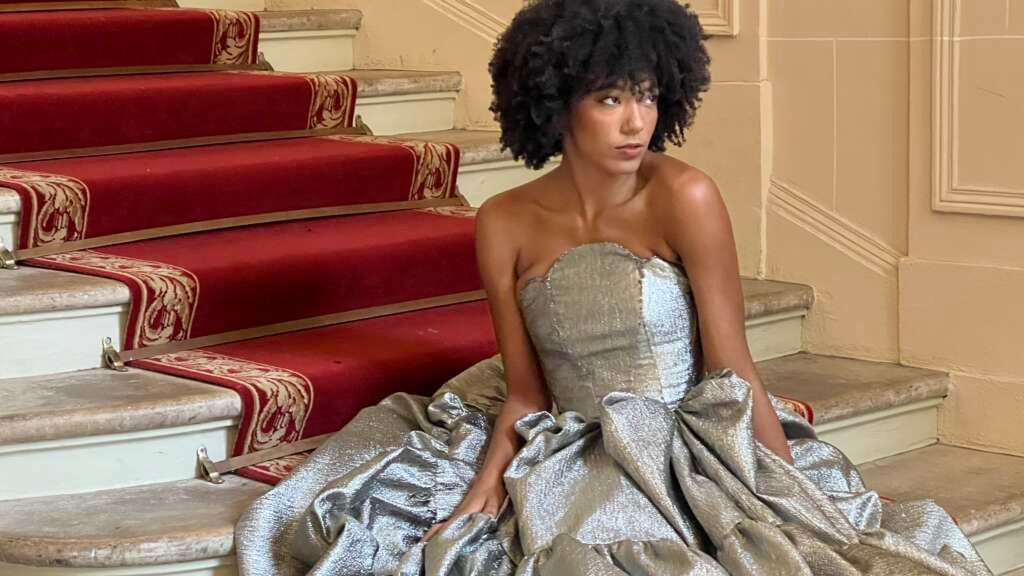
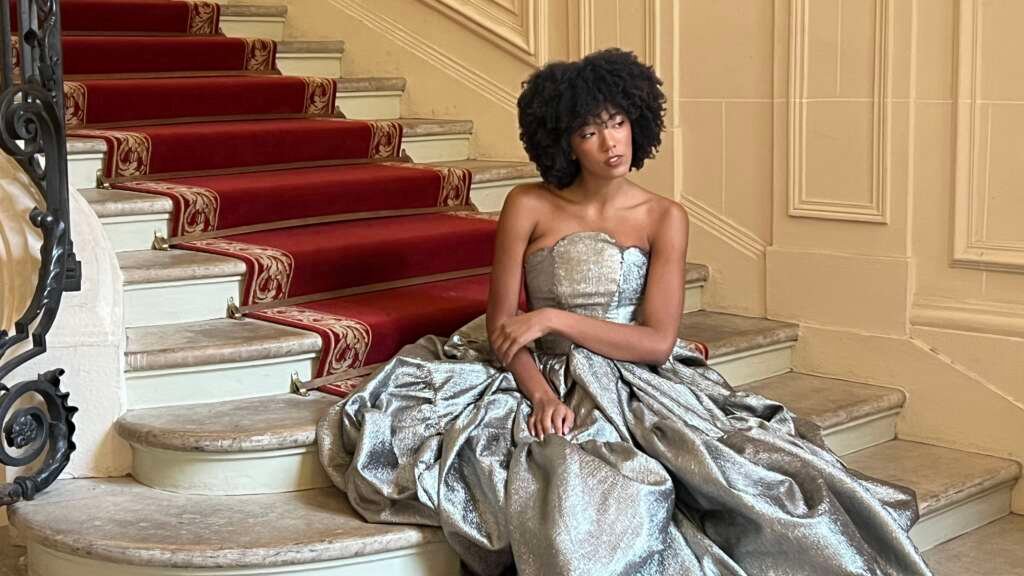
Paris Fashion Week
While more brands have started to consider other forms of beauty beyond one body shape, the runway still tells a different story.
Like every year, models displaying the dresses mirrored the long-standing standard set by the founders of the fashion week, which idealises slim silhouette and elongated body shapes.
Despite Paris being the trend setter, the one dominant trend it has been most loyal to was the “French skinny” frame. Thin models were seen as a practical canvas for the sophisticated yet minimalistic French couture craftsmanship. The idealised Parisian slimness has also been historically tied to the idea of elegance and affluence.
According to historians Mary Lynn Stewart and Nancy Janovicek in “Slimming the Female Body?”, unlike more affordable magazines that displayed varied body types, high-end French publications such as Vogue, which catered to the haute bourgeoisie, upper middle class in the early 1930s, often displayed expensive couture on slim, youthful models, positioning thinness as both chic and aspirational.
Sandrine noted how the idea of thinness being glamorised as a beauty standard recently made its way back to fashion.
“A few years ago, we saw a lot of diversity, ethnic diversity and everything, and for the last year or so, we are going back to the skinny trend and the all-white trend, and I can’t explain it to myself. Is it because the public wants it? Or the brand has to feel safe with the artistic direction, because we all know that in luxury, there is a big crisis.”
James explains that despite his brand’s motive to cater to women of all body types, showcasing models that don’t represent his consumers was something beyond his control.
“In Paris, we are showing in a showroom, we have certain models, we only have certain samples … But we do have a show in London, and we always have a curve model as part of the show or our queue. And actually, our retailers or buyers who come and see us, they love seeing that, because it does represent who their customer base is.”
Paris remains exclusive in many ways. While its fashion status will not be dethroned, it is inevitable for more change to take place, and for formerly excluded values to be invited into the party. But for inclusivity to become more than a short trend, change can begin from home until it is moved onto the big stage.
“The brand comes from a house that has four labels. And our other label, which is called Ellis Bridals, is 110 years old, and that was also established by a woman, my great-grandmother, and then it’s been passed down by generations of women designers, and they’ve always designed for women, and I also want to follow that way of thinking forward,” said James.
Read more Fashion articles from KLATMAG
Written by Mary Isak

